What is Backlash? The Rise of Brand Backlash and How to Respond (6-Step Guide) – Full Content

Collage Group’s latest America Now research delves into the rise of brand backlash.
Welcome to Collage Group’s America Now. This research has been ongoing for the last four years, delivering comprehensive insights into the American zeitgeist, detailing how brands should respond. This article unravels the complexities of brand backlash, helping you navigate this evolving landscape to authentically connect with today’s consumer. Learn how to pinpoint key issues that strike a chord with your target audience, and how to take a legitimate stance on political and social matters.
America experienced many profound events in 2020: the Black Lives Matter movement, the COVID-19 pandemic and a pivotal presidential election. These seismic shifts have reshaped consumer perceptions, intensifying scrutiny on brands like never before.
Fast forward to today, and the aftermath of the above has given rise to unprecedented challenges, such as soaring inflation and economic uncertainty. Plus, consumers clamor for brands to critically engage with societal issues, including climate change, online misinformation, women’s rights, artificial intelligence and LGBTQ+ inclusion.
Inclusivity is paramount, and brands are working harder than ever to connect with today’s consumers. However, this effort brings the risk of brand backlash. That is, as brands work to respond and do more, they may experience a whirlwind of backlash making them ask:
- What’s causing this?
- What are “controversial brands” doing wrong?
- How should brands respond to this rising brand backlash?
This article dissects the root causes of this backlash, offering invaluable guidance for marketers and CMOs to authentically engage with the modern consumer psyche. Discover key insights distilled into a 6-step guide to help you navigate brand backlash.
What is Backlash?
Brand backlash refers to the negative consumer reactions and criticism directed at a company’s actions, products or messaging. It can result in reputational damage and decreased consumer trust. Collage Group has identified three distinct types of brand backlash, each escalating in severity.
But first, take a look at notable examples of brand backlash to date.
Brand Backlash: High-Profile Brands Under Fire
Example #1: Consumer Backlash Against Target in 2023
When Target displayed products in support of Pride Month – an annual tribute to the LGBTQ+ community – a vocal minority of conservative influencers damaged merchandise, harassed workers and tried to start a boycott. This resulted in lower overall sales, while also posing a threat to Target’s longstanding rapport with both the LGBTQ+ community and liberal demographics.
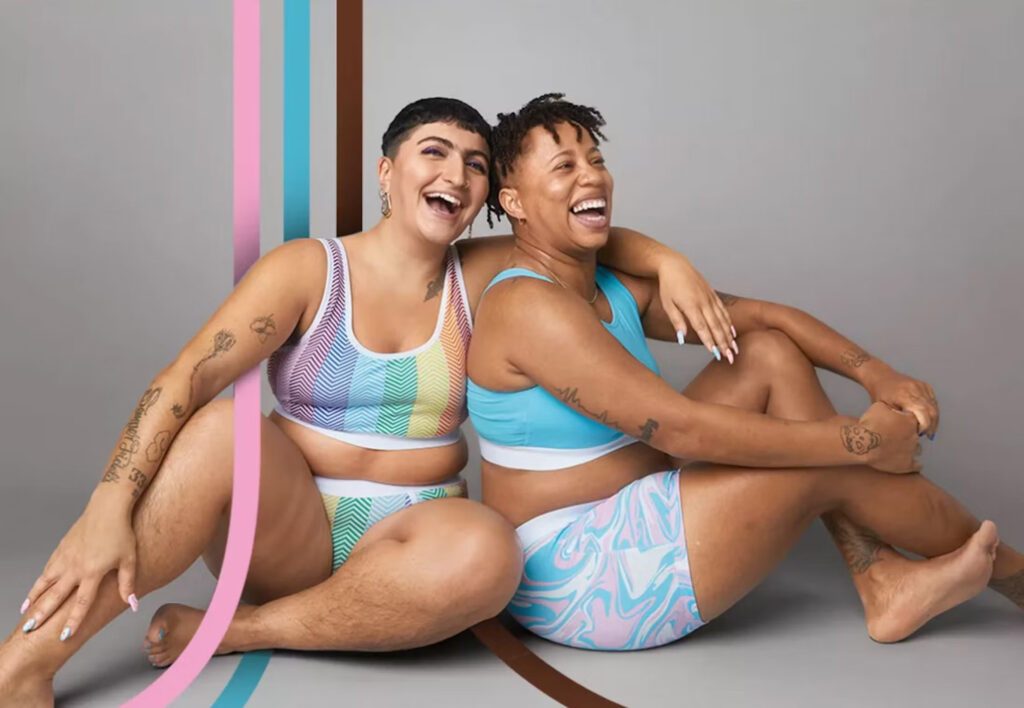
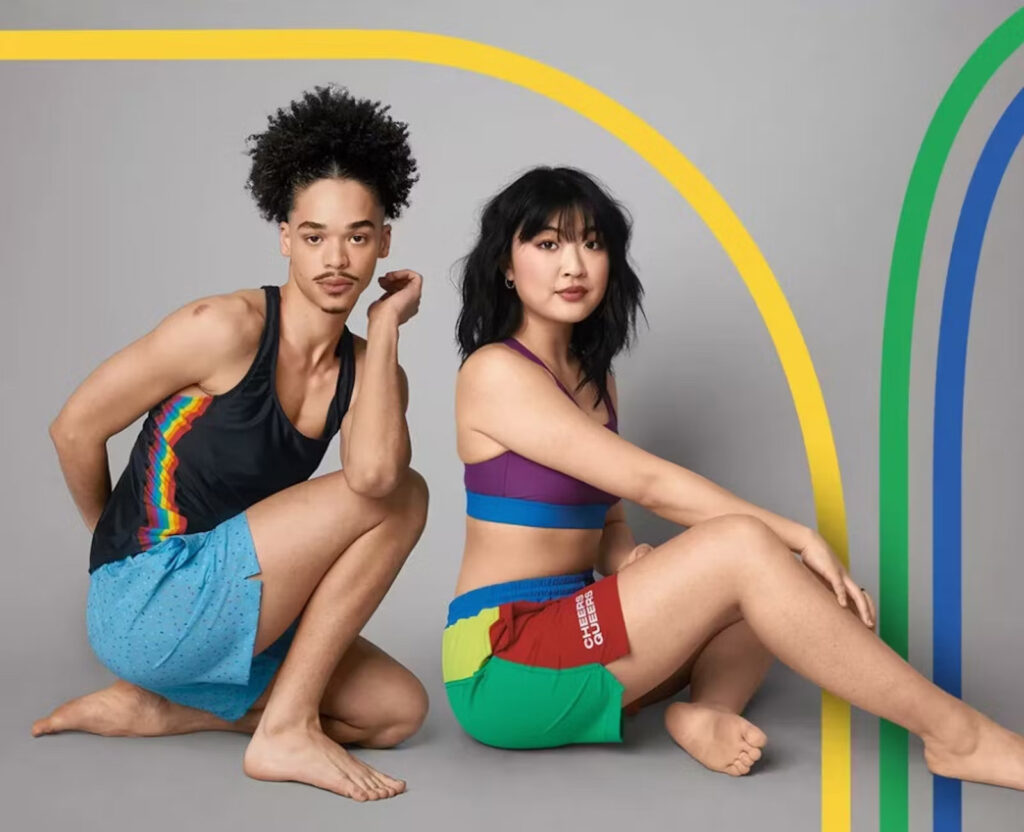
Target has partnered with TomboyX and Humankind – two queer-owned, woman-founded brands – to create limited edition affordable, gender-affirming products.
Amid this backlash, Target chose to remove some pride-related in-store displays instead of standing firm in solidarity with its loyal LGBTQ+ consumer base. This elicited further criticism from LGBTQ+ advocates who saw this act as submitting to backlash.
Target’s decision shows how a brand’s response to backlash holds the power to either alleviate or exacerbate the fallout.
Learn more about the Target backlash in Collage Group’s article Unpacking the Target Boycott: Navigating the Complex Landscape of LGBTQ+ Inclusivity and Brand Loyalty.
Example #2: Consumer Backlash Against Bud Light in 2023
Other brands, including Bud Light, a subsidiary of Anheuser-Busch InBev, also faced significant brand backlash in 2023.
Bud Light traditionally targets middle-to-lower-income beer drinkers. Recently, the brand tried to bolster its appeal among younger, more diverse and affluent consumers, aligning with broader demographic trends.
In an attempt to tap into this new consumer base, Bud Light collaborated with Dylan Mulvaney, a social media influencer with more than 10 million followers. While viewed as a strategic move to bolster brand appeal, Bud Light encountered unexpected backlash.
This backlash was caused by a significant misjudgment of a proportion of the brand’s consumer base. That is, the backlash stemmed from transphobia among vocal anti-LGBTQ+ groups.
Example #3: Consumer Backlash Against Youth Foria in 2023
In another case, the beauty brand Youth Foria faced backlash for its attempt to cater to consumers with darker skin tones. However, the product missed the mark in matching foundation shades to darker complexions, drawing criticism from beauty influencer Golloria George. On her platform, George showcased the brand’s darkest shades alongside black face paint, highlighting the similarity.
“Last year, the shade wasn’t dark enough. Not only do you miss the mark once, you go back and miss the mark again. That just says a lot about the ethos of the brand. It rubbed me the wrong way, and I thought, ‘This is really hurtful.’” – Golloria George
Black consumers agreed with George’s take, indicating that Youth Foria’s efforts toward inclusivity fell short, resulting in repercussions. This incident shows that brands must conduct thorough research to create authentic products and messaging to truly embrace inclusivity.
Backlash? Consumers Are More Satisfied Than Ever with Their Portrayal in Advertisements
Yet beyond these examples, you’ll also witness positive change. Many brands successfully connect with diverse audiences, including LGBTQ+ communities, younger generations and multicultural consumers.
As such, Collage Group’s America Now research reveals some surprising trends. For example, Hispanic, Black and transgender Americans are more satisfied than ever with their portrayal in advertising, with double-digit percentage gains.
And for the first time, the majority of LGBTQ+ survey respondents (53%) are pleased with their representation in marketing. Particularly, 68% of transgender people shared this sentiment. But despite these encouraging findings, there remains a risk of backlash from those who might seek to undermine these advances.
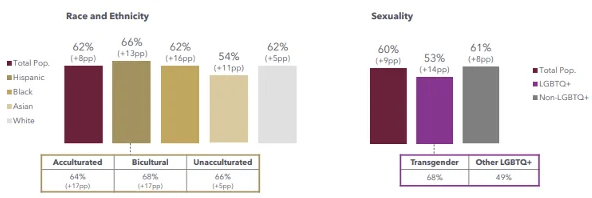
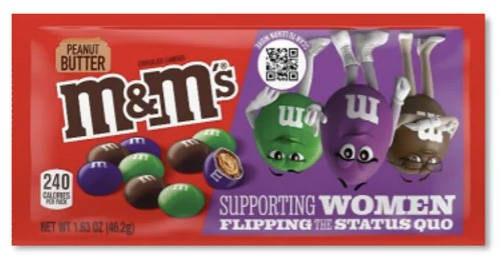
M&M’s launched a limited-edition “Support Women” packaging featuring the brand’s three female spokes candies.
Certain conservative figures leveraged the campaign to stoke online engagement and escalate tensions. For instance, conservative personality Nick Adams took to Twitter, stating:
“Every American with half a brain should be outraged by M&M’s going woke. This is no laughing matter, it’s a legitimate crisis. Manhood is under attack like no other time in world history.”
This backlash redefined the term ‘woke‘ to fuel opposition. In response, M&Ms satirized these critics, expressing surprise at the intensity of the backlash.
The Different Types of Brand Backlash
Brand backlash can manifest in various ways, each with different levels of severity. Collage has identified three distinct types:
- The Bad Experience: Consumers express frustration or dissatisfaction directly toward the brand or to their peers, often through channels like word of mouth or social media.
- The Breakup: Consumers stop buying the brand and seek alternatives for similar products or services. This can impact the brand’s bottom line as customers take their business elsewhere.
- The Boycott: The most severe form of backlash, a boycott occurs when consumers not only stop buying the brand, but also actively encourage others to do the same. This creates a feedback loop, with more and more consumers joining the movement to dissuade others from supporting the brand.
Knowing these three different forms of backlash is important. Plus, understanding the origin of backlash is just as crucial.
Backlash often stems from different segments of society. Collage Group’s research has identified and classified key segments based on political ideology:
- Liberals: Those advocating for progressive social and political policies that prioritize human rights, social justice and government intervention to address societal issues
- Conservatives: Those generally supporting traditional social and political values, favoring limited government intervention, free-market principles and preserving traditional institutions and cultural norms.
- Centrists: Those holding moderate political views, often seeking a balance between liberal and conservative ideologies, and prioritizing pragmatism and compromise.
- Nonconformists: Those who resist labels and either refuse to identify as liberal, centrist, or conservative or aren’t sure where they fit.
Using this categorization, we can connect each type of brand backlash to trends amongst people with these different political views.
Brand Backlash Type #1: Bad Experience
Nearly a quarter of consumers have voiced negative opinions about brands on social media, with 22% of Americans openly expressing their dissatisfaction. This trend is especially prominent among nonconformists (25%) and conservatives (26%). Consequently, the primary risk of “bad experience” backlash stems from these groups.
Brand Backlash Type #2: The Breakup
When considering brand loyalty, 25% of Americans have stopped purchasing from a brand due to its stance on political and social issues in 2023. Notably, both liberals (33%) and conservatives (30%) show a higher propensity to switch brands compared to centrists (18%) and nonconformists (13%). As such, the risk of “breakup” backlash primarily stems from those two groups.
Brand Backlash Type #3: The Boycott
Nonconformists and centrists are the least likely to weaponize their ideologies against brands, making conservative and liberal consumers the primary drivers of brand boycotts.
To delve deeper into this phenomenon, Collage Group posed two critical questions to explain brand boycotts:
- Is it because consumers disagreed with the brand’s political or social stance?
- Or is it because they wished the brand would take a stance?
The findings reveal that nearly a quarter of American consumers (23%) have boycotted a brand over its stance on social and political issues, with liberals (32%) and conservatives (28%) leading the way.

With these statistics in mind, it’s tempting to avoid social and political issues to evade potential backlash from this quarter of American consumers. However, that strategy may be even more divisive. In 2023, a significant majority of Americans (72%) believe that brands and companies should play a role in social and political issues – a notable increase of 14% since 2021.
Generation Z (84%), Black Americans (82%) and LGBTQ+ consumers (80%) lead the way on this perspective. However, other consumer groups aren’t far behind, with a substantial number of Millennials (78%), Asians (76%) and Hispanics (75%) sharing similar views.
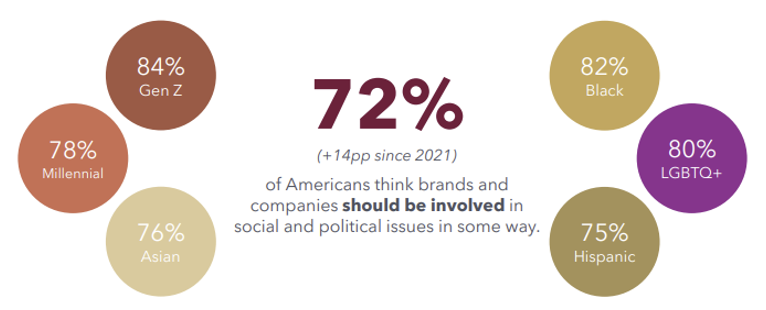
This sentiment goes beyond surface level. It directly impacts purchasing behavior. 23% of Americans have actively bought from brands that align with their political and social beliefs. This percentage is particularly high for Hispanic consumers (27%), even higher for Millennials and Gen Z (32%) and highest for LGBTQ+ consumers (34%).
Plus, 60% of consumers want brands to drive tangible change. This means brands must steer clear of performative marketing efforts and instead focus on implementing tangible initiatives before addressing key issues in advertising.
Unfortunately, many brands miss the mark in this regard. For instance, 53% of Americans believe that numerous brands haven’t conducted thorough research in their efforts to incorporate diversity into their advertising. Plus, 47% express distrust toward brands that engage in social issues without demonstrating internal diversity.
So, how can brands effectively navigate this complex terrain? It all starts with understanding the issues that resonate most deeply with your target consumers and tailoring your messaging and business actions accordingly. True growth comes from a genuine connection with consumers, which involves meaningful engagement with key social and political issues.
Brand Backlash is Inevitable: How to Respond
Consumer satisfaction with advertising portrayal is on the rise, thanks in part to more inclusive marketing efforts. However, this success has also sparked high-profile brand backlash.
But not all backlash is created equal. Brands must familiarize themselves with the various types of backlash to safeguard their business. Plus, they must understand backlash risk in relation to their target audience.
This means identifying the origins of backlash in the context of the four main categories of consumers’ political beliefs: liberals, conservatives, centrists and nonconformists. Pinpoint which issues strike a chord with your consumers, as doing nothing is the worst possible response.
Key Political and Social Issues Brands Must Engage
Collage Group tested 30 different social and political issues to gauge consumer preferences on brand engagement.
Next, Collage meticulously indexed consumer responses to determine whether brands should fully embrace a given issue or steer clear altogether. Results are then organized into three distinct categories.
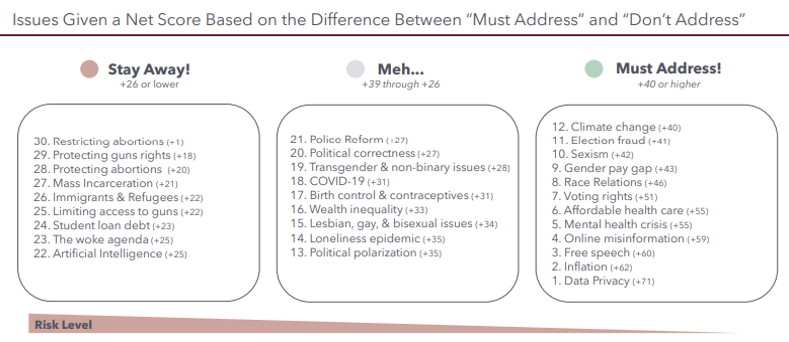
Interestingly, each of the 30 issues examined garnered a net positive score, suggesting that most consumers welcome brands addressing these topics. However, for those issues with a lower score, there’s heightened backlash risk involved in delving into them.
However, the situation is further complicated by the fact that different consumer categories – liberals, conservatives, centrists, and nonconformists – each prefer brands to focus on specific issues.
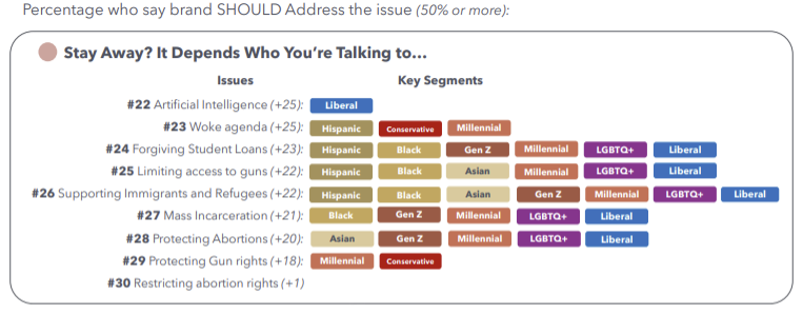
Moreover, the issues that consumers want brands to address vary significantly across industries. For instance, consumers expect healthcare brands to discuss data privacy, inflation and online misinformation. However, topics like abortion are off-limits.
Similarly, consumers expect financial services brands to tackle issues like data privacy, inflation and affordable healthcare, while avoiding subjects like Artificial Intelligence and student loan debt.
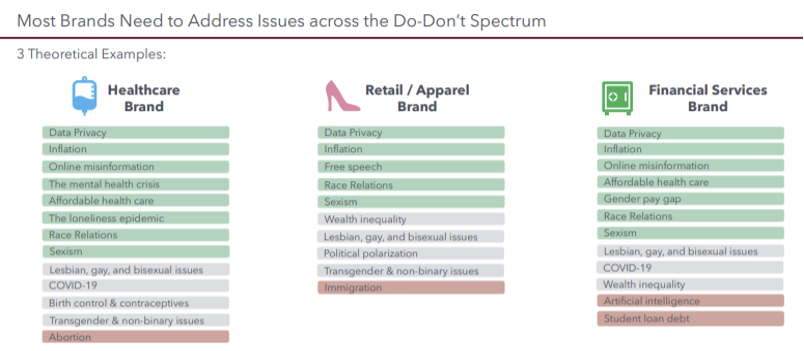
Navigating Brand Backlash: Your Roadmap to Success
Drawing from these insights, brands can follow a 6-step roadmap for more inclusive and authentic marketing.
- Step #1 – Know Your Customer: While inclusive marketing is on the rise, recognize that catering to one group may alienate your core customer base. Diversification strategies, if not executed thoughtfully, could backfire and lead to backlash.
- Step #2 – Categorize Your Core Consumer Base: Identify whether your core consumers align with liberal, conservative, centrist or nonconformist beliefs. Each group holds unique cultural identities and core values that your brand must consider. Knowing your consumer in this context is crucial to identifying the social and political issues you should address.
- Step #3 – Identify Key Political and Social Issues to Address: Using Collage Group’s findings, pinpoint the key political and social issues worth tackling. For example, if your core consumer base leans conservative, consider addressing issues like perceived ‘wokeness’. Conversely, if your consumers lean liberal, topics like Artificial Intelligence and abortion rights may be more relevant. Next, consider your industry and weed out no-go topics for your line of business.
- Step #4 – Take Tangible Action: Before broadcasting your brand’s commitment to a particular social or political issue, take concrete steps toward enacting change. Consumers are no longer satisfied with superficial statements. They expect brands to demonstrate genuine integrity and uphold their social/political stance through tangible actions.
- Step #5 – Acknowledge Backlash is Inevitable: As your brand embarks on more inclusive marketing endeavors, backlash is bound to occur. Addressing key social and political issues may invite opposition, but by diligently completing the previous steps, you can mitigate the risk of this backlash originating from your core consumer base.
- Step #6 – Stand in Solidarity with Your Consumer Base: In times of backlash, it’s crucial to stand firmly alongside your core consumers whom your brand supports and advocates for.
Ultimately, in the midst of mounting backlash, understanding the deeper motivations behind consumer opinions is crucial. At first glance, the stories of dissent may appear chaotic and loud. But upon closer examination, patterns begin to emerge. Armed with insights into your target audience, you can adeptly traverse this landscape without alienating your core customer base.
Collage Group is here to empower you. Access consumer insights instantly and gain a deep understanding of the values, passions and traits of diverse audiences. Connect with your consumers more effectively and speak to what truly matters to them.
Looking Ahead with Collage Group’s fluen.ci
Discover the power of the fluen.ci app, Collage Group’s cultural intelligence software solution that puts culture-driven consumer insights at your fingertips. fluen.ci empowers you to analyze your target personas and take action on cultural intelligence like never before. You’ll get:
- Unrivaled depth of brand-specific cultural insights.
- Intersecting cultural, demographic, and brand insights for actionability.
- Fresh data and faster time to value.
Key features include:
- Brand Head-to-Head Dashboard: Compare brand perception across multicultural segments, accessing insights and summaries effortlessly within a single view.
- In-App Takeaways: Access concise summaries and prompts directly within the app, connecting Collage Group’s syndicated content with analyzed data for quick, confident insights.
- Enhanced Content Discovery: Use innovative technology to swiftly uncover valuable insights, streamlining the process of finding answers to specific questions.
- Industry Dashboard: Gain a comprehensive view of brand perception within your industry or category, identifying areas of strength and opportunities for improvement.
- Consumer360 Dashboard: Explore brand love segmented by audience, with actionable insights to engage diverse consumers effectively.
Ready to elevate your marketing strategy? Get in touch to start your journey toward more inclusive marketing today with Collage Group. Stay ahead of the curve. Seamlessly manage brand backlash. Stand by your consumers.